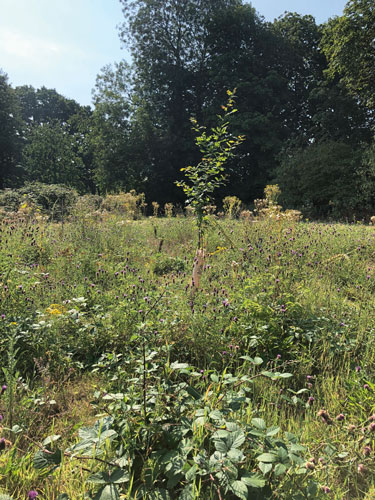
Relationships With Nature – By Miki Marks
Anthropologists call them ‘The Creation Myths’ – the stories that all peoples tell themselves about who they are and their relationship with the natural world. Not all the narratives are like Genesis, which tells us that we have ‘dominion’ over the whole of creation – leading to the idea that the world was created for our use, and inevitably abuse.
Other people tell different stories. They see themselves as part of Nature, and understand the partnership that this involves, which includes awe and respect.
Perhaps recent times have allowed some people to appreciate the importance of the natural world, as for a few months our world became cleaner and quieter. There has been time to just stand and stare. For some, this is the first time they have really engaged with the natural world. The naturalist, writer and broadcaster Simon Barnes says: “Nature isn’t just a bonus. We can now see it as the necessity it is, not just for our health and sanity but for the future of the world”
Cranleigh artist, Kathy Plank, has put an artwork on the bench by the plane tree in front of Boots. Is it an angel, a fairy or an earth spirit? Doesn’t matter, the message is clear and pertinent. Shame so many people still see the natural world as simply a backdrop for their selfies – or a convenient dumping ground for their litter.

Today, as I write this, we have had some proper rain. It has been extremely dry in the south east – and even some of the larger trees were beginning to look distressed.
The smell after a good rainstorm is delicious. It has a name: ‘petrichor’ – coined in 1964 by two Australian researchers. It derives from the Greek word petros meaning stone and ichor which is the “fluid that flows in the veins of the gods”
The main component of petrichor is an organic compound called geosmin which lingers in the moist soil, and is released into the air when the rain drops hit the dry soil. We are used to looking at nature, and perhaps listening to its many sounds from leaves clattering in the wind, to the song of birds. How often do we take deep breaths and actually smell the Earth?
Butterflies have been particularly numerous in Beryl Harvey Fields – and alas, in my conservatory – where spiders lurk in all four corners. I have perfected the art of gently capturing a panicking butterfly and releasing it safely. These delicate creatures have sometimes made incredible journeys to arrive on our shores. The Painted Ladies, for example, travel an astonishing 9,000 miles each year arriving here in the spring from Africa – and then returning in the autumn. Not the same individual but a sort of relay race of up to five generations. They weigh practically nothing and have brains smaller than the head of a pin – how is this done? An extraordinary Wild Wonder!
We have regular maintenance days at Cranleigh’s Conservation Site at Beryl Harvey Fields. We would welcome more volunteers. Contact Philip Townsend at: townsendp99@gmail.com for details.











